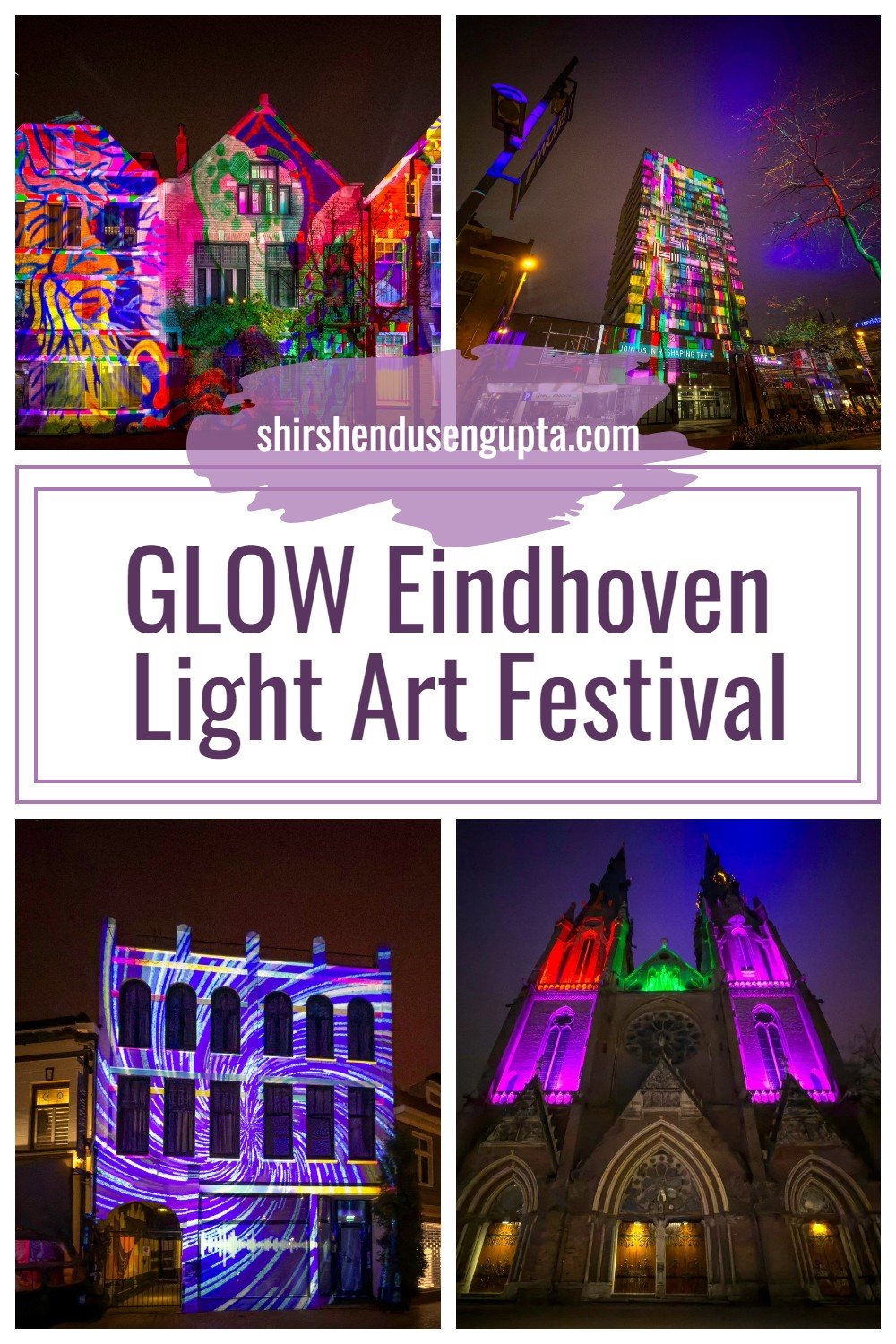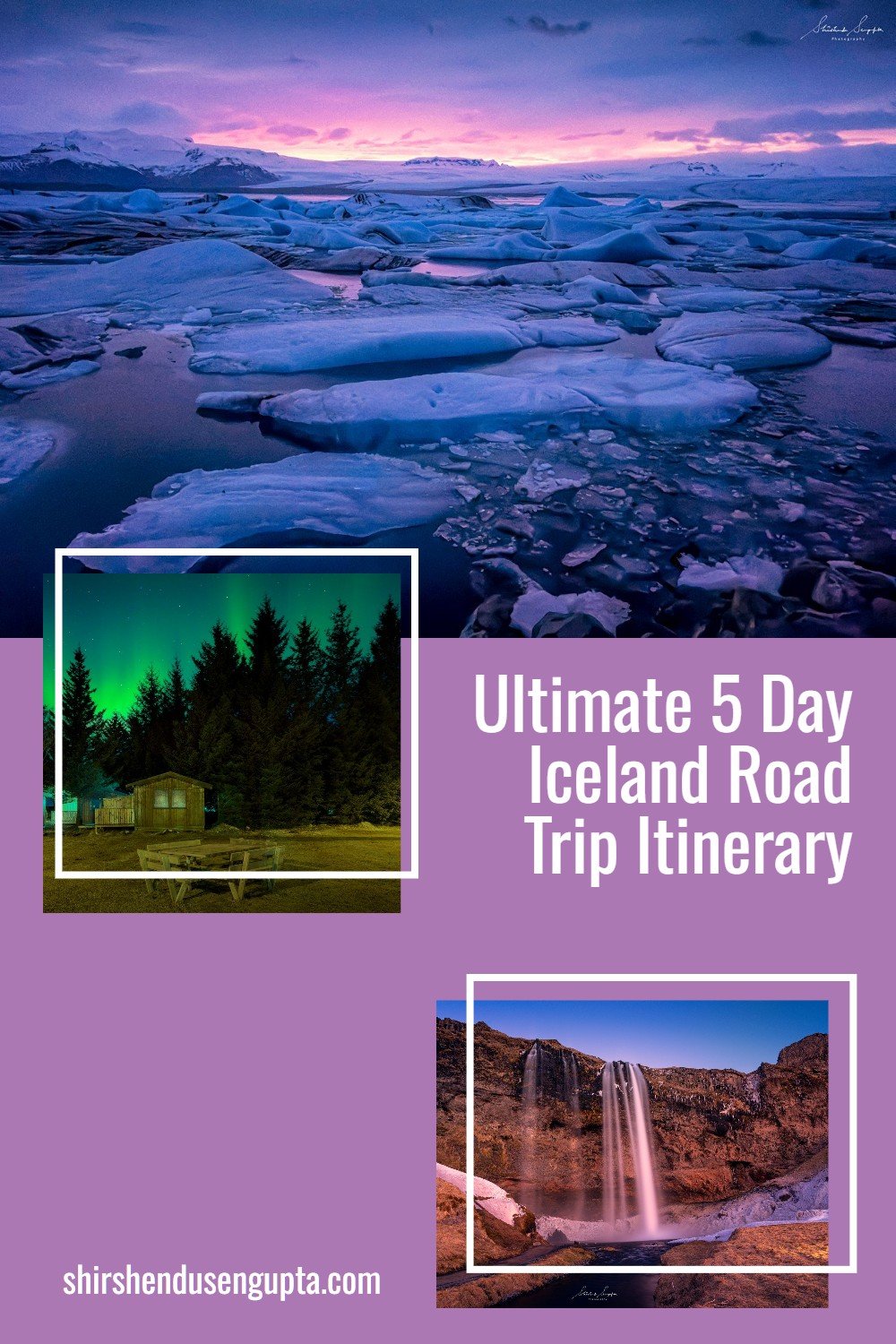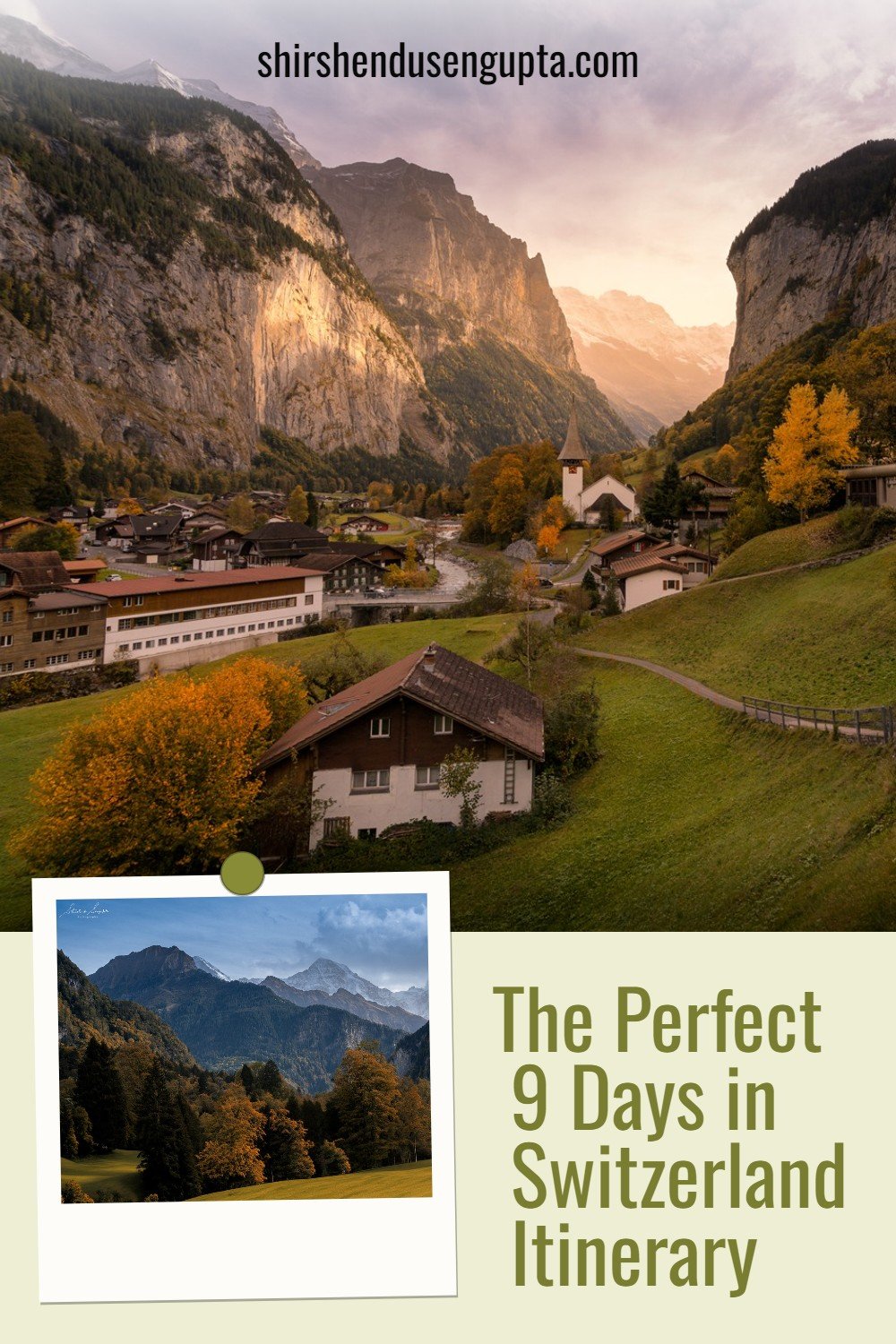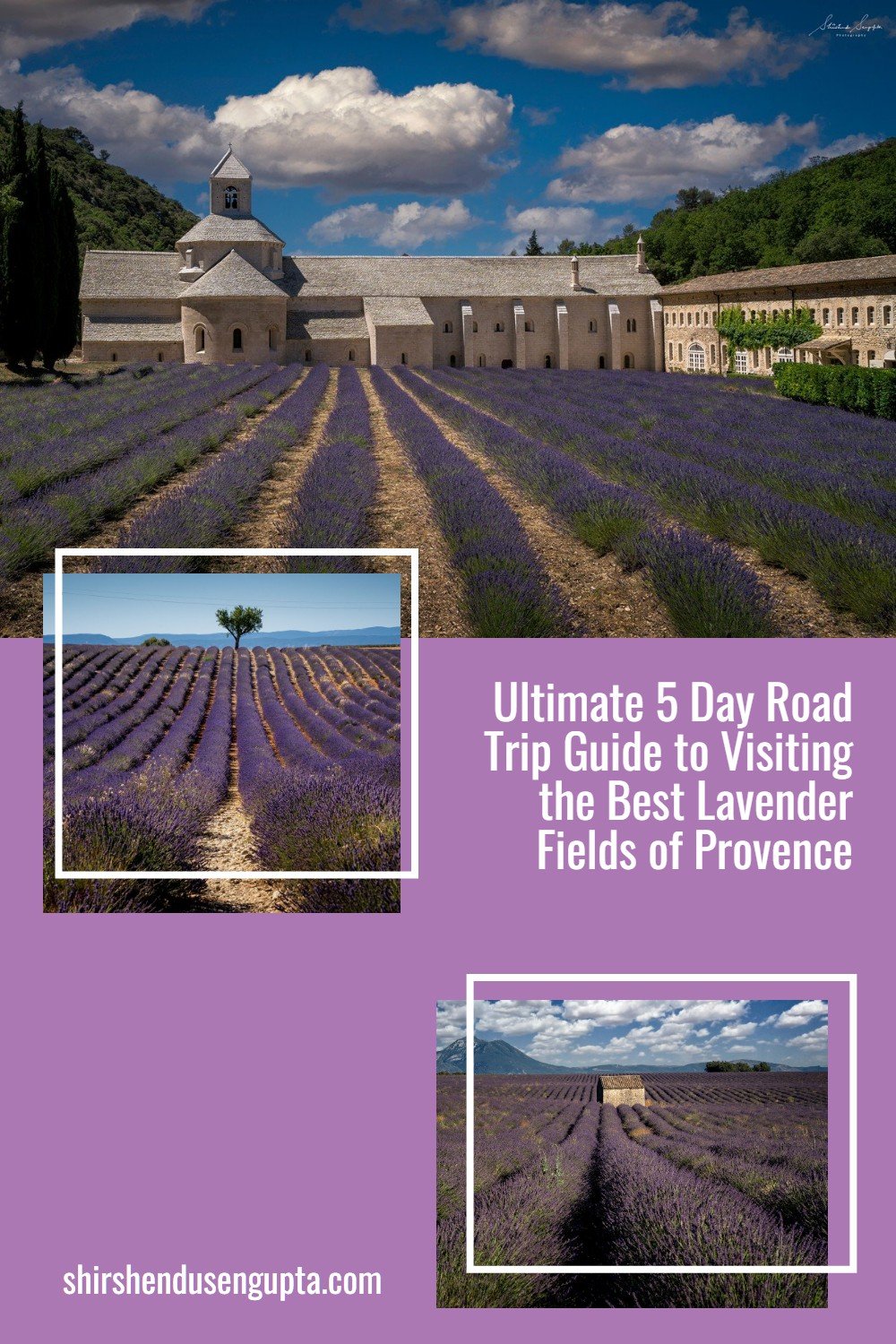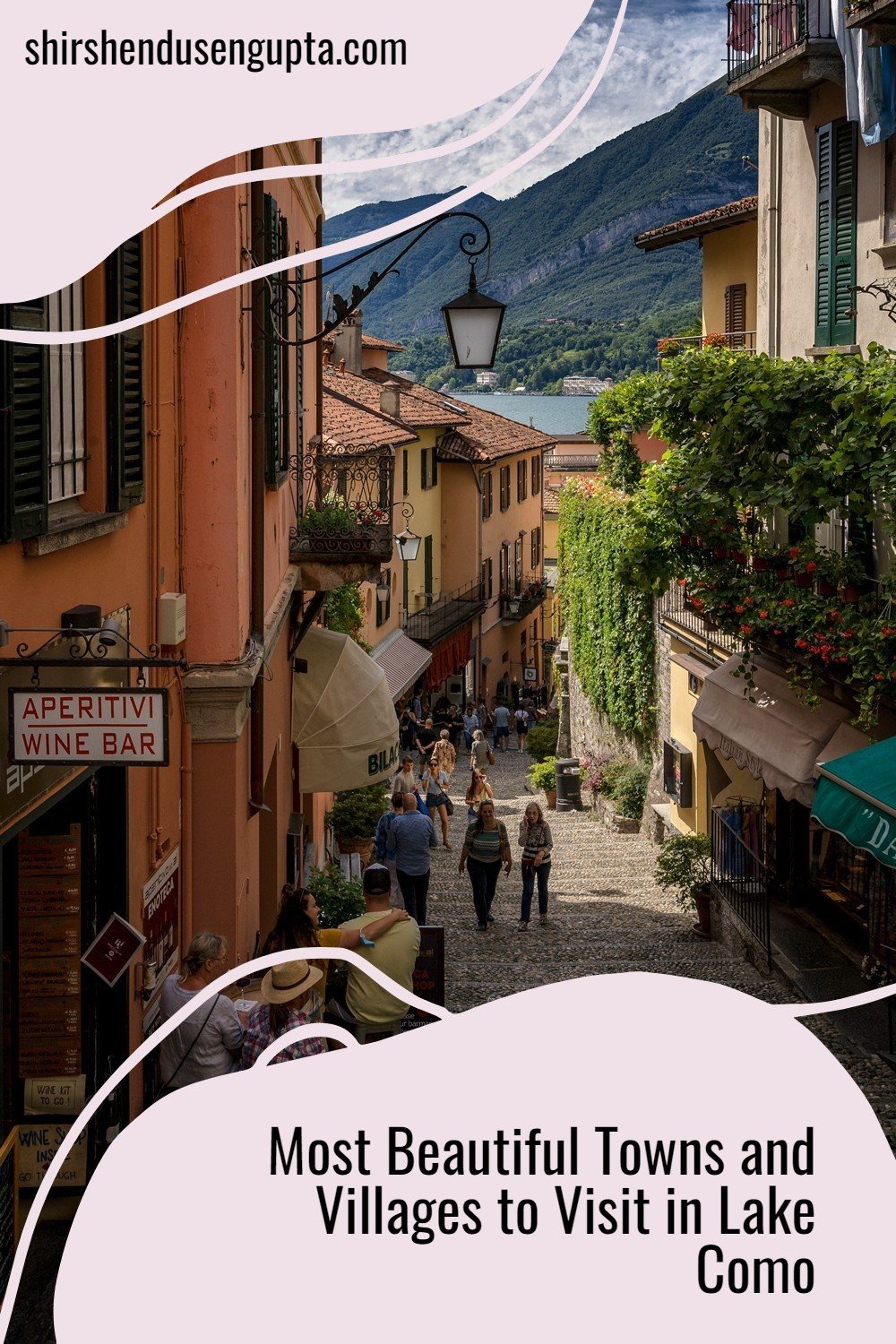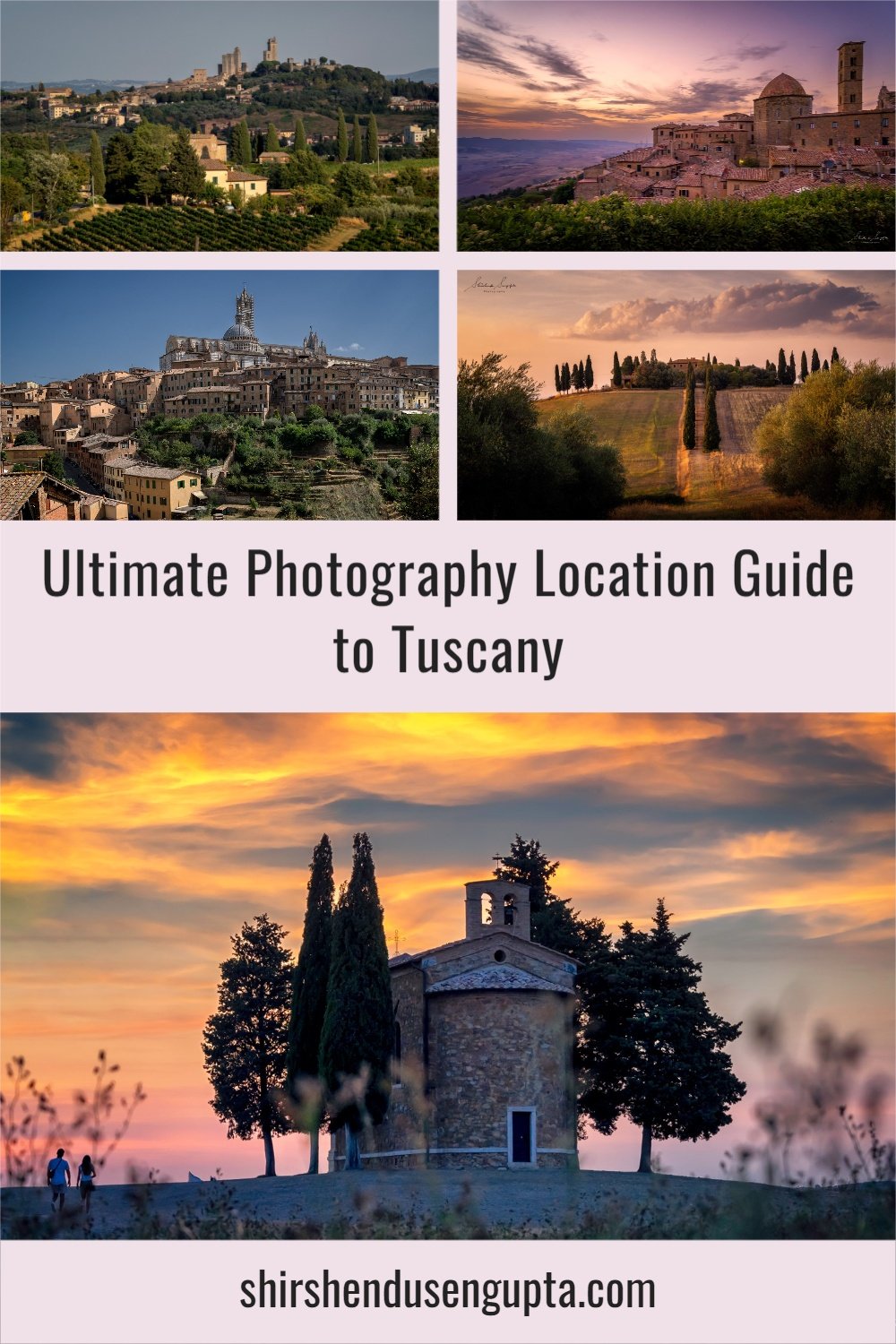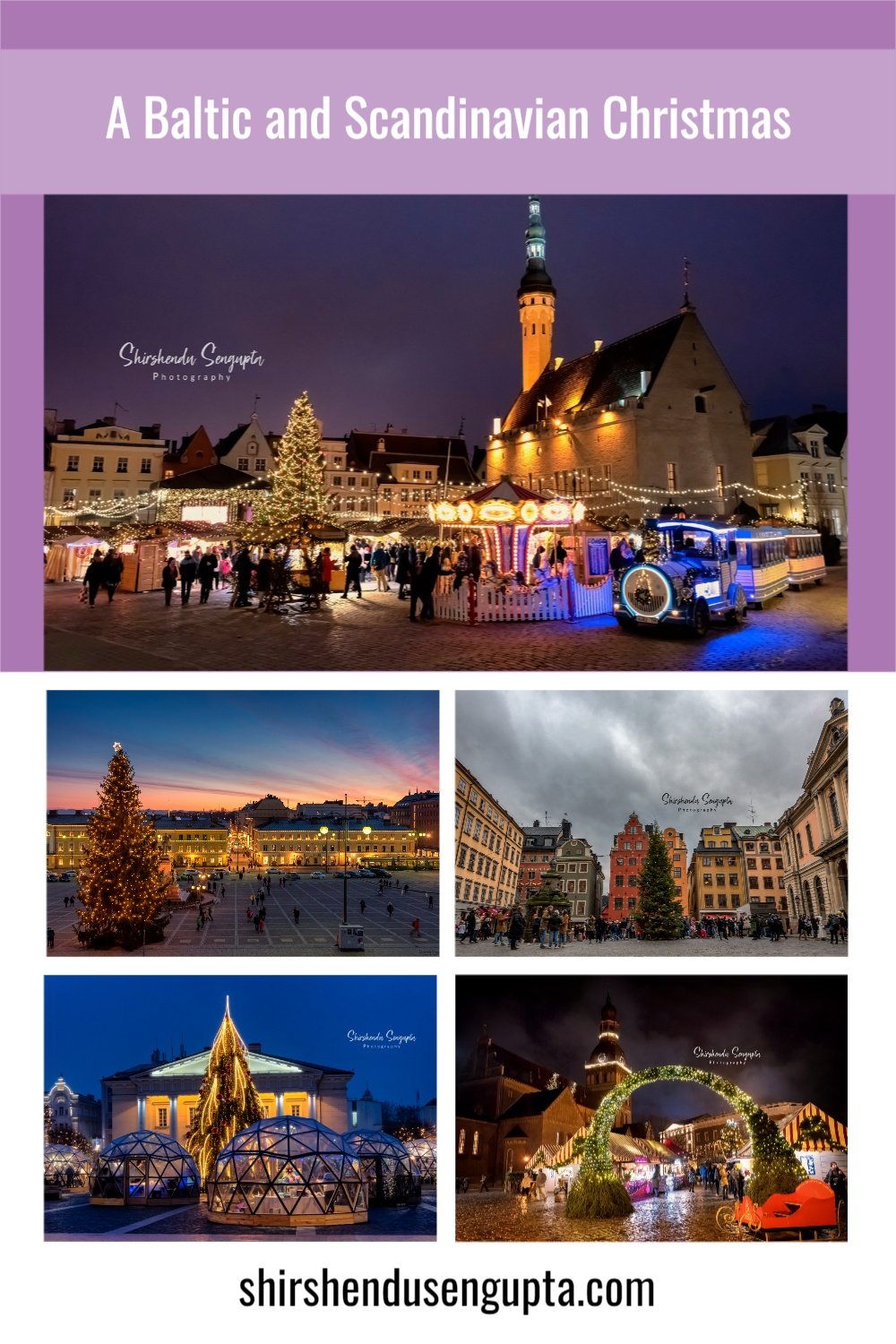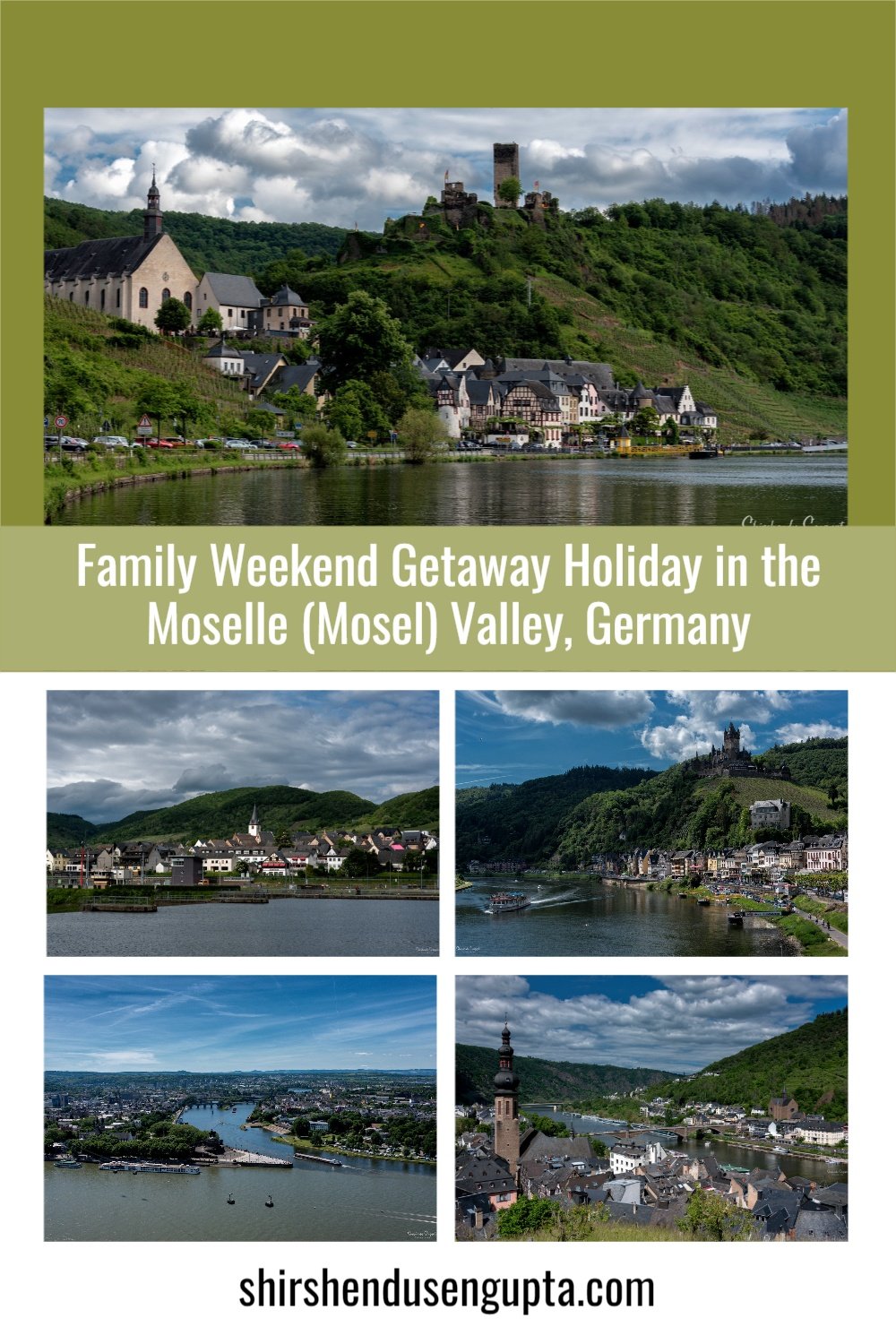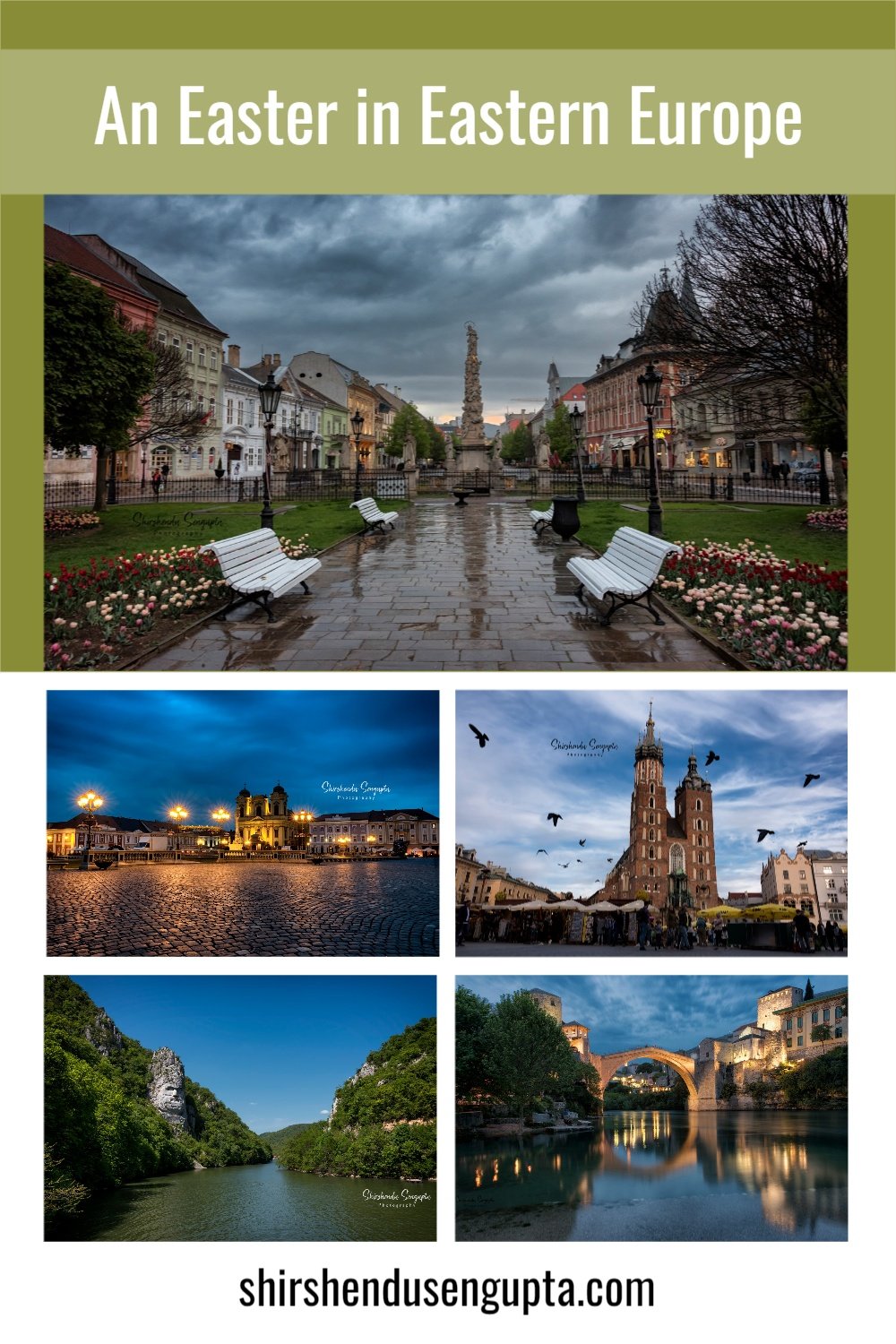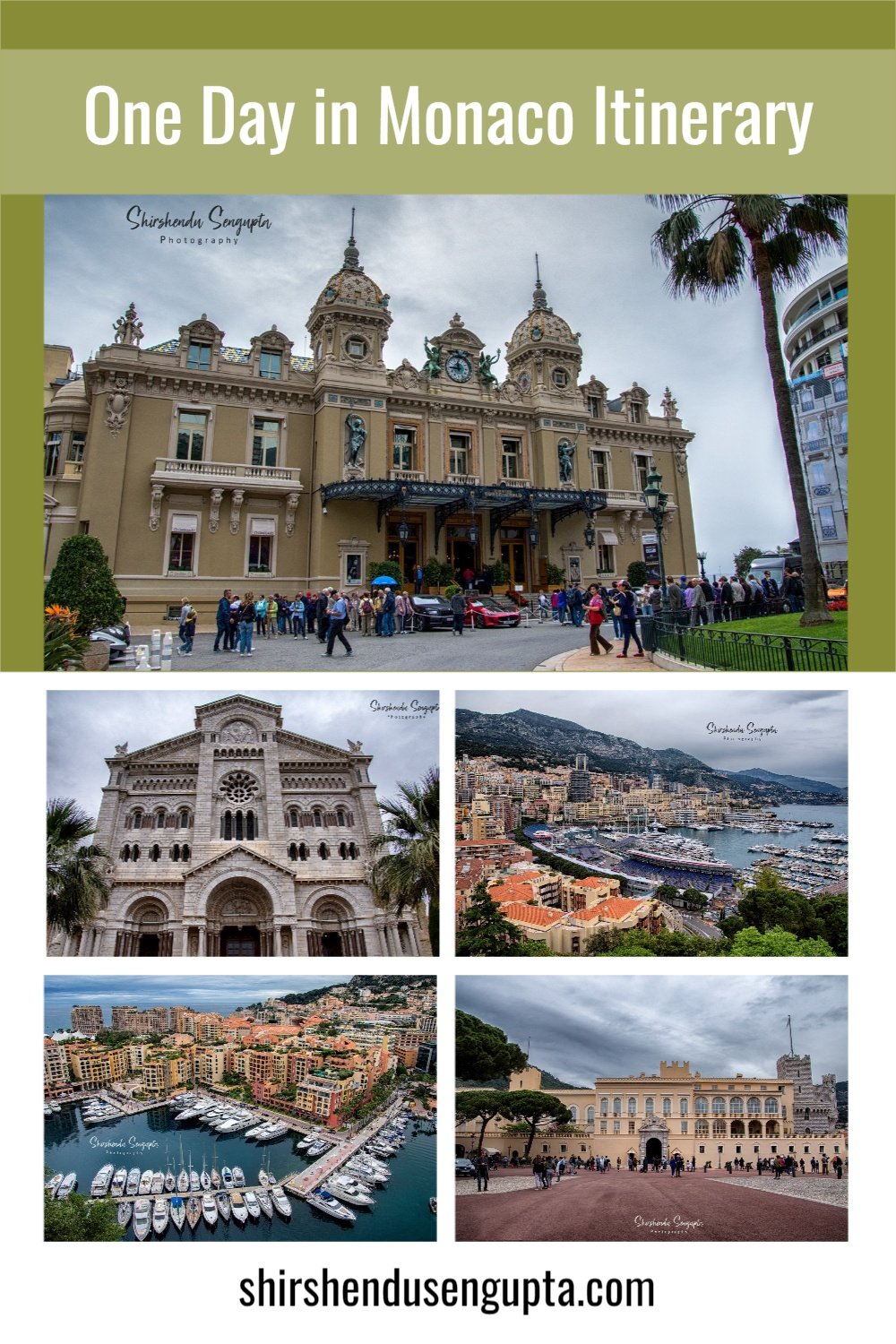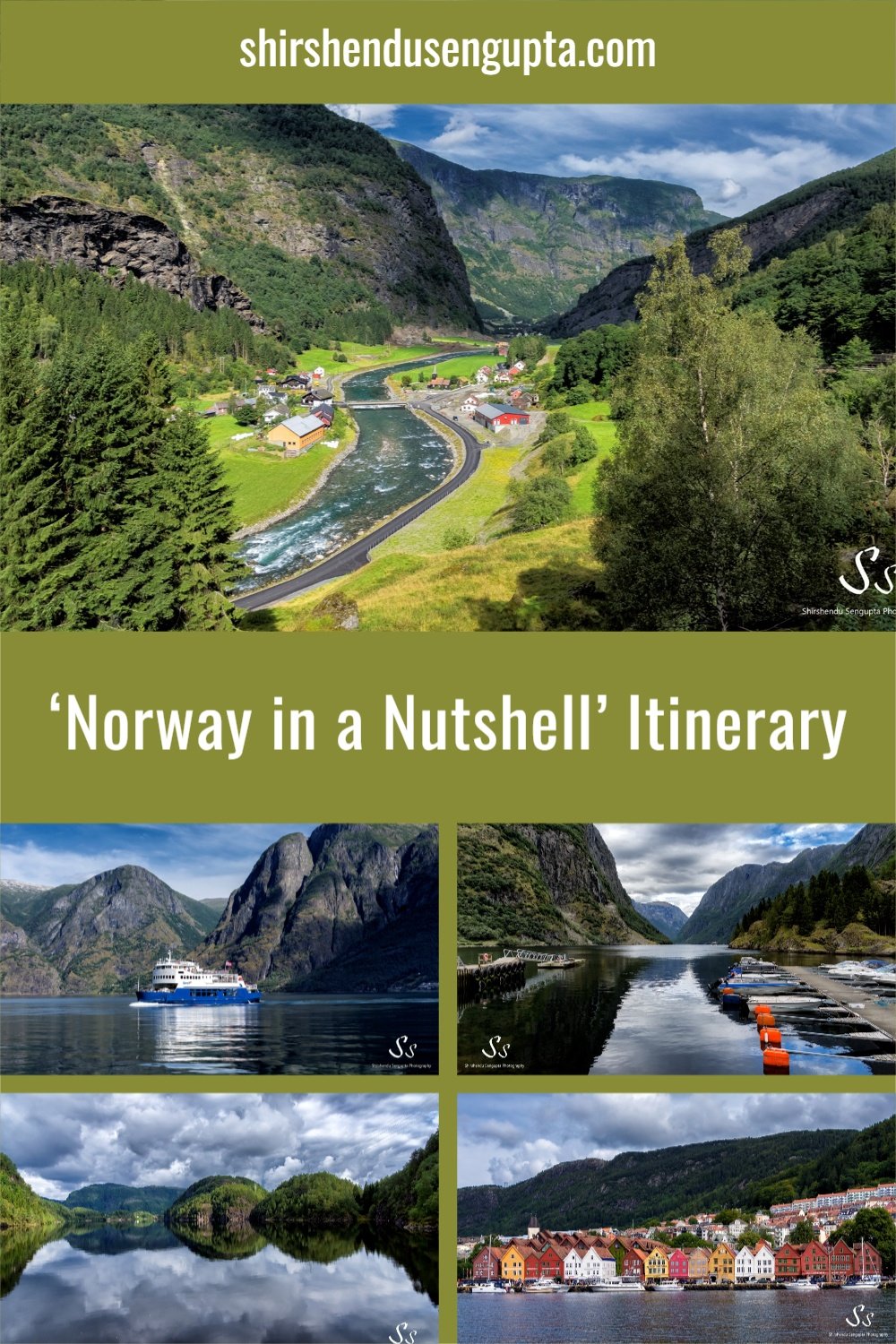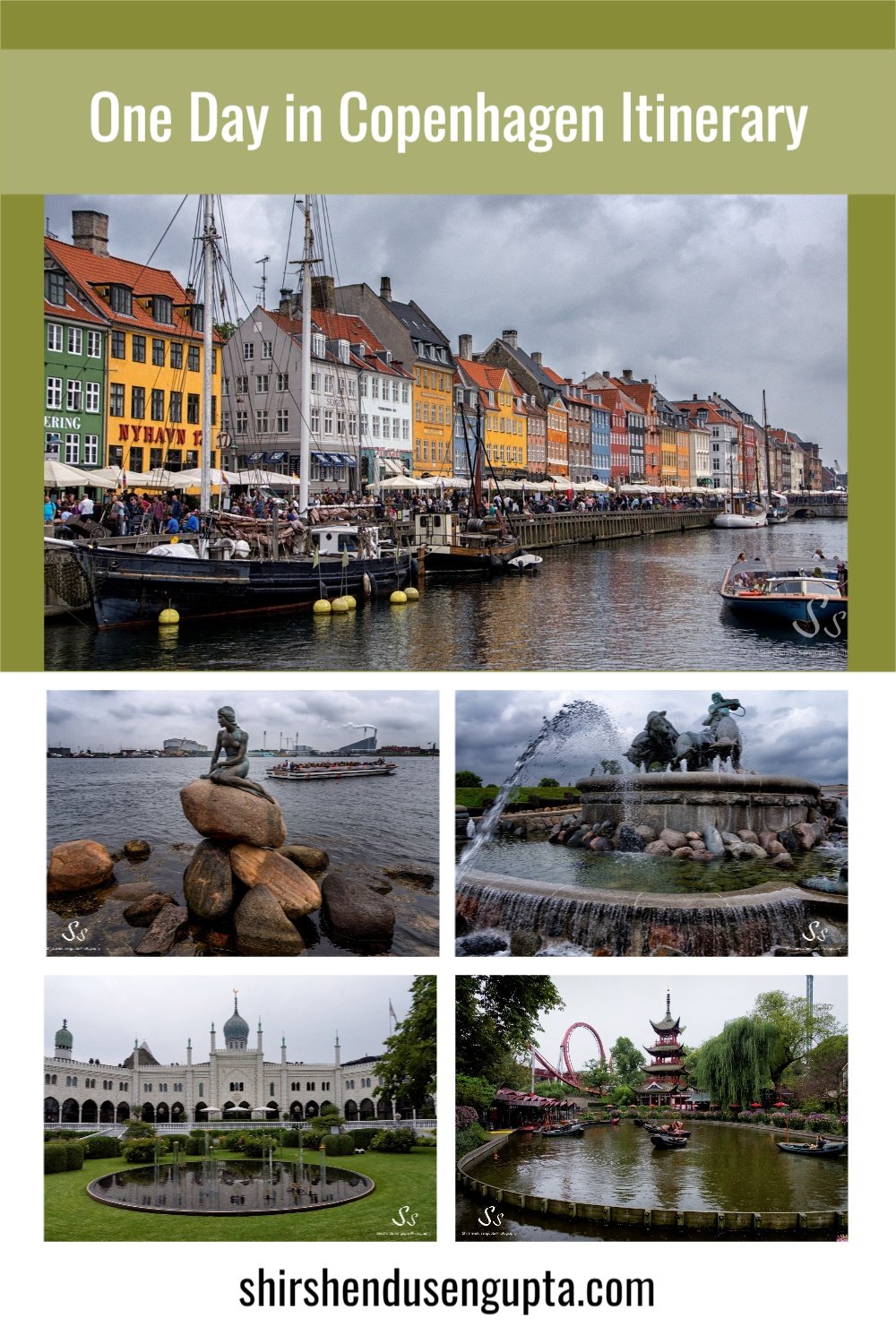Ultimate 5 Day Road Trip Guide to Visiting the Best Lavender Fields of Provence, France | Itinerary, Lavender Route Map, Tips and Tricks
The Lavender Fields of Provence
Famous for its charming hilltop villages, glistening coastlines, and rippling lavender fields, Provence is a historical province of southeastern France bounded by the left bank of the lower Rhône to the west, the Italian border to the east, and the Mediterranean Sea to the south. It is a part of the contemporary administrative region of Provence-Alpes-Côte d'Azur and covers the departments of Var, Bouches-du-Rhône, Alpes-de-Haute-Provence, a portion of Alpes-Maritimes and Vaucluse. Marseille, the current capital of the area, is its major city.
The lavender fields in Provence are among the most well-known in the world. Every year between mid-June and mid-August, when the Provence lavender fields begin to take on their distinctive purple tint, and the countryside gets inundated by their sight and scent, it reminds us that even when life is about to come to a standstill at the whim of the sun's powerful rays, the earth can still ripen, that there can be joy amidst misery. And that, my friends, is not a sight to be missed. In today’s epic article, I’m going to take you along with me on a ride across the best lavender fields of Provence along with the itinerary, lavender route map (with GPS coordinates), and tips and tricks. Let the journey begin!
What is the history of lavenders in Provence?
The Latin word “lavare” meaning to wash is known to have given birth to the modern English word “lavender.” The Romans were aware of the lavender plant's properties since antiquity. They used it for washing, but also for its medicinal and fragrant characteristics. However, lavender is not indigenous to Provence. The Romans introduced it to the countryside. The dry, sunny environment of Provence and its well-drained soils were known to the Romans to be favorable for the development of lavender. Lavender was largely grown in Provence during the Middle Ages by monastic groups. Lavender was valued by monks for its healing properties, so they started cultivating it in their gardens.
Lavender farming eventually spread outside of monasteries. In the 19th century, lavender items, including essential oil, perfume, and soaps, saw an increase in demand both locally and abroad. And lavender rose to prominence as one of the region's top agricultural exports. The development of distillation methods made it possible to process lavender harvests effectively. Lavender fields in Provence are now a recognized symbol of the area and draw travelers from around the globe.
What types of lavenders are cultivated in Provence and what are they used for?
Farmers in Provence cultivate two varieties of lavender: ‘Fine’ and ‘Lavandin.’ ‘Fine’ lavender that does not grow anywhere else on the earth is used to make essential oils and perfumes with medicinal properties like calming and stress-relieving. ‘Lavandin’ has a significantly stronger aroma and is not a viable medicinal option. Instead, it's utilized to make lavender bags and other fragrant goods that are sold in the neighborhood shops as gifts and souvenirs.
Where to find the lavender fields in Provence?
Though Provence's fragrant lavender fields may be seen sprouting up all over the place in the summer, they are mostly abundant in four regions - Luberon Valley, Valensole Plateau, Sault Plateau, and Drome Provencale. Our itinerary covers all of these regions.
When to visit Provence for seeing the lavenders?
The lavenders bloom between mid-June and mid-August. The lavender fields in Luberon Valley and Valensole Plateau are the first to bloom between June and July and are harvested from mid-July. The lavender fields in Sault Plateau and Drome Provincale bloom between July and August and are harvested towards the end of July or the beginning of August. So, in our opinion, the best time to explore Provence's lavender fields is in early July when the entire region is covered in vivid purple fields. If you don’t have a kid, traveling in early July (before school breaks) can also help you avoid crowds. But for families like us who travel with kids, traveling after mid-July (during school holidays) is the only option!
Where to stay in Provence for visiting the lavenders?
Among the several options available in the Provencal region, my favorites as the base location for visiting the lavender fields are Gordes and Avignon, because of their vicinity to Luberon Valley, Sault Plateau, and Drom Provencale.
How to travel to and around Provence?
Reaching Provence by plane/train
If you decide to stay at Gordes or Avignon near the Luberon Valley, the airports at Marseille, Nimes, and Montpellier are all within 1 to 1.5 hours. Direct flights from the UK and Europe land at these airports, but not transatlantic flights. Even closer, Avignon Airport is 40 minutes away, however, it only serves domestic flights and the occasional trip from the UK. The busiest airport in Provence is Nice which has non-stop flights from many international destinations and is a 2.5-hour drive from Luberon Valley. Another option could be to fly into Paris and take the 7-hour train to Aix-en-Provence or Marseille.
Getting around Provence by car
To have the most flexibility, rent a car and travel to all of the lavender farms in Provence as per our itinerary. Due to the lack of public transport, this is the best way to visit the area. There is also the opportunity to join guided trips from the larger cities if you are unable to drive. These excursions will show you some of the most popular locations, but you must follow a set schedule.
Our 5-Day Lavender Route Road Trip Itinerary
Day 1: Hoofddorp (the Netherlands) to Gordes (France)
On the early morning of day 1, we started from our home in Hoofddorp (the Netherlands) for a 1900 km drive to Gordes (France), a small hilltop hamlet at the base of the Vaucluse Mountains, which we had chosen to be our base for exploring the lavender fields of Provence. Due in great part to its prominent role in the film ‘A Good Year,’ Gordes is arguably the most well-known village in the Luberon Valley. It is one of the few villages still standing with its spectacular château intact, and from a distance, it is a stunning sight. Artists like André Lhote, Marc Chagall, Victor Vasarely, and Pol Mara all resided here, making it one of the trendiest locations to live in Provence.
We made the journey in roughly 15 hours (with breaks). It was already night when we reached Gordes, but before arriving at our accommodation, we got a stunning blue-hour shot of the city from the viewpoint. Then we checked into our accommodation and slept off.
Day 2: Exploring the Lavender Fields of the Luberon Valley (Blue Route on the Map)
The next morning, we woke up to a stunning sight of the bright sunny clifftop Gordes village, albeit a little late due to the long drive on the last day. After having a sumptuous breakfast we decided to spend the first half of the day lazily in the swimming pool. Post lunch, we headed out to explore the lavender fields in the nearby Luberon Valley.
The Luberon Valley is a historic region in Provence where is where blazing red canyons slash through a forest of deep green. Serrated slopes meet polished vines here. Both contemporary palaces and historic conical dwellings are built with golden stones. In essence, it's the ideal location to get to know the ‘real’ Provence.
GPS: 43.92828, 5.18665 (Abbey Notre Dame de Senanque)
One of the best spots to see Provence lavender is this abbey, which is located in a wooded valley not far from Gordes. The stone abbey's distinctive setting contrasts the purple lavender in a lovely way. Crowds flock to the Luberon during the Sénanque Abbey lavender season to see this famous scene. For an experience that will last a lifetime, combine it with a visit to the Sénanque Abbey.
GPS: 43.9105, 5.2145 (Farmhouse Lavender Field near Gordes)
There is a small lavender field that is too good to pass up on the way into Gordes. It's on the left side of the road, right beyond the well-known hotel/restaurant Carcarille. Watch for the tiny bay on the left where you can park the car and then proceed on foot for the last 100 or so meters.
GPS: 43.8844, 5.2274 (Lavender Field with Windmill near Goult)
As you arrive near the city of Goult, you will find this walled lavender field (with an open entrance) with a windmill that makes it a perfect spot for a memorable photograph.
GPS: 43.85146, 5.28517 (Lavender Field with Farmhouse)
On the way to the next stop Pont Julien, you will find another expansive field with a farmhouse in the backdrop.
GPS: 43.86249, 5.30629 (Pont Julien)
This Roman bridge across the calm Calavon River is just a short distance from the city of Bonnieux. It's an amazing sight and a great spot to stop for a break when sightseeing at over 2000 years old. A favourite among residents, you may often see groups of friends and family picnicking, swimming, and wading in the river until early in the evening.
GPS: 43.82192, 5.31525 (Bonnieux)
Due in part to Ridley Scott's movie ‘A Good Year,’ Bonnieux is among the most well-known and scenic hilltop villages in the Luberon. The village's highest point is reached by a spiral of cobblestone streets leading to a medieval church, which rewards climbers with breathtaking views of the valley below. The historic chalk-topped mountain known as Mont Ventoux, which is feared and cherished by cyclists and Tour de France fans, can be seen clearly on a clear day.
GPS: 43.85486, 5.42601 (Saignon)
You will discover the charming tiny commune of Saignon by travelling south-east out of town and ascending steep, twisting roads. This tiny settlement is surrounded by and built into a monolithic rock feature that resembles a tall stone castle and is reached by an iron-age path. The panoramic views of the Luberon will astound you at the summit.
GPS: 43.86649, 5.43351 (Le Petit Cabanon Aux Lavandes)
The village of Saignon is surrounded by numerous exquisite lavender fields, and if you ascend the rocher, you'll get a spectacular view of many of them, including my fave, this lovely small field in front of a stone home. The cabin is just too adorable to pass up, and the fields that around it are rented out for vacation rentals.
Between Saignon and Simiane-la-Rotonde
Between Saignon and our next destination, Simiane-la-Rotonde, there is a vast group of lavender fields. Some of them are home to stunning large stone buildings that beautifully contrasts the purple.
Lavender Field with Simiane-la-Rotonde in the backdrop
Due to its location in the higher slopes of the Luberon, the community of Simiane-la-Rotonde enjoys a quiet setting. Lavender farms are everywhere because this is where Young Living makes their lavender essential oils.
Day 3: Exploring the Lavender Fields of Valensole Plateau (Red Route on the Map)
The lavender fields on the Valensole Plateau are some of the greatest in all of Provence. You can discover infinite expanses of aromatic rows here, interspersed with small stone houses and trees. The lavender fields at Valensole receive the most visitors and photos of any location in all of Provence. But it takes time to locate the most picturesque fields, and that's why I'm here to help. The Valensole Plateau undoubtedly contributes to the development of the most well-known Provence lavender trail. Although the terrain is mostly flat, there is just enough gently swelling soil to give the rigid rows of lavender an appeal of rolling over the hills, providing the picture-perfect lavender fields you are undoubtedly pining for. In the right spots, crumbling farmhouses and stone cottages provide further interest.
GPS: 43.8191, 5.93266 (Terraroma)
In Provence, Terraroma is a well-known lavender farm and a lovely location for pictures. Take care when crossing the road from the parking area by the distillery across from the lavender field. You can escape the crowds by ascending the hill between the lavender fields, which also hides a less popular lavender field. There is plenty of room for everyone to grab their shot, and the gently sloping hills make for excellent photo opportunities. A pretty enormous Hollywood-style Terraroma sign is strategically placed in the middle of the field, but if you don't want it in your frame, it's simple enough to work around with angles, cropping, or by simply moving to the opposite end of the field.
Parking is available at the Terraroma Distillery, which is across the street. So while you're there, stop in and pick up some dried lavender, honey, or essential oils if you need to. From here, the fields converge at Lavandes Angelvin, our next lavender location.
GPS: 43.82374, 5.93828 (Lavandes Angelvin)
You can reach Lavandes Angelvin, another distillery, the location of some of the more well-known Provence lavender fields, by taking a short walk beyond the Terraroma fields. It's a setting that merits its reputation, with apparently endless rows of exquisite purple flowers that are only broken up by a few strategically placed trees. Together with Terraroma, it is frequently the first stop for visitors to see the Valensole lavender fields because it is on one of the main highways entering the area (the D6). If you've been to the nearby Terraroma, you may easily cross to these fields.
There is a little parking lot on your right as you approach if you're driving. There is a roadside stall offering delicious delicacies that are infused with lavender, so park your car there and buy some.
GPS: 43.88628, 6.05534 (Mildly Rolling Hills with Lavender Fields)
As you travel from Valensole to Puimoisson, on the right side of the road, you'll see a large lavender field with a slight rise at one end.
GPS: 43.89574, 6.11351 (Lavender Field with Stone Hut)
Welcome to Provence's lavender field that’s one of my favorites! The small stone cottage can go unnoticed when you first pull over. But it's there, tucked away just past a small lavender dip. To obtain a nice picture of the cabin, you do need to stroll through the lavender fields on the way down. So please be careful not to step on the lavender.
Lavender Fields along Route de Digne
As you keep driving towards Puimoisson along the Rote de Digne, you will find innumerable lavender fields with red soil and mountains in the backdrop.
GPS: 43.85181, 6.11049 (Lavender Field with Small Stone Cottage)
As you leave Puimisson and head towards Riez, you'll see a stunning lavender field with a charming old stone cottage nicely positioned among the purple rows. Drive up the narrow dirt road to the left of the field for the greatest vantage point. But please note that the front part of this field darkens in the shadows as the sun sets behind a hill. Therefore, it is not a place to go late in the evening.
GPS: 43.79579, 6.13015 (Miel et Lavandin)
Drive further to reach this honey and lavender farm and get a stunning view post sunset.
GPS: 43.76476, 6.14666 (Miel et Lavandin)
And before we closed the day, we got a glimpse of another Lavender farm in the area during the blue hour.
Day 4: Exploring the Lavender Fields of Sault Plateau and Drome Provencale (Green Route on the Map)
The fortified settlement of Sault is perched between a densely forested valley on one side and a rolling agricultural ridge on the other. It's worth exploring the well-preserved, historically rich medieval lanes of this northern Provençal village to experience its distinct charm. The route to Sault provides views of a plateau covered in lavender. Here is where you begin to comprehend the enormous volume of lavender cultivation in this region of Provence. The lavender fields of Sault (and the adjoining plateau d'Albion) are best explored on a bike or on foot because they are more numerous than on the Valensole Plateau. You can travel along a 5.7km "lavender path" that passes through some of the prettiest fields. Park in the public lot on D164 right past the Vallon Distillery if you want to walk there.
The Drôme department in northern Provence is the region's wild card; it's roughly 2.5 hours by driving from Gordes and distant enough from the heavily traveled fields further south that you can have the farms almost to yourself. The flowering season in the Sault region and the Drôme provençale are very similar. Since they are close to one another, it is simple to visit both locations on the same day if you so want.
GPS: 44.12324, 5.42262 (Lavender Field with the Village of Aurel in the Backdrop)
This little, sloping field of lavender in Sault is my favourite since it nicely frames the nearby mountains as well as the hilltop settlement of Aurel. It's really amazing in every way! Even though it is a little field, it is still spectacular since it wonderfully frames the mountains and hillside community of Aurel. A lovely location for a picnic beneath the surrounding trees' shade.
GPS: 44.13286, 5.42452 (Lavender Field on Flat Terrain)
The land between Sault and Drome Provencale gets flat and hence the lavender fields in this region are starkly different than the ones located on the rolling hills.
GPS: 44.1383, 5.4711 (Lavender Field with Stone Bories)
The region surrounding the picturesque towns of Montbrun-les-Bains and Ferrassières is one of my favorite places to visit in the Drôme. Here, you'll see more untamed lavender fields dotted with stone bluffs and native vegetation. Here, exquisite lavender is grown in the majority. In a meadow north of Ferrassières, the vivid lavender contrasts brilliantly with these ancient stone ruins. The Route du Plan is surrounded on both sides by lavender fields and is located just north of Ferrassières. This place is extremely special because it is surrounded by two beautifully preserved bories.
GPS: 44.1277, 5.4765 (Lavender Field with Lone Borie)
While I was driving past this field during sunset, it enticed me to get out of the car once again. This time, a lone borie in a picturesque setting with meticulously maintained lavender fields surrounding it.
GPS: 44.1277, 5.4765 (Lavender Field Sunset)
While I was driving from the bories towards a castle named Château de la Gabelle 10 km away from Sault, I anticipated a mind-boggling sunset and hence got out of the car midway on this field. And the result is in front of you!
Day 5: Gordes (France) to Hoofddorp (the Netherlands)
The next morning, we drove back 1900 km in approximately 15 hours (with small breaks) to reach our home in Hoofddorp (the Netherlands).
Info, Tips, and Tricks
Although the lavender fields in Provence are incredibly beautiful, there are several guidelines and safety measures to follow before going there:
It's crucial to respect the surroundings where you are. Do not step on any plants; rather, stick to the marked walking routes. Respect private property, and heed any warnings or directions from nearby farmers.
Avoid the urge to collect a few lavender blossoms as a souvenir. Picking flowers in the fields is strongly forbidden since it detracts from their natural beauty and hinders the growth of the lavender. Take many pictures as a souvenir to capture the flowers' inherent beauty.
Bees are drawn to lavender fields by the aroma of the blooms, making it a refuge for them. Even though bees are typically not aggressive, you should be respectful of them and aware of their presence when walking. It is best to remain at a safe distance from bees and avoid disturbing or swatting at them. Take the proper safety measures if you have allergies or a bee phobia.
Before strolling through the lavender fields, use the appropriate sun protection precautions since Provence is known for its bright weather. To shield your skin from damaging UV radiation, put on a hat, sunglasses, and sunscreen. Bring a lot of water with you because you should also be aware of your water balance.
Epilogue
So that brings us to the end of our journey across the best lavender fields of Provence, France. Please let us know in the comments below if you enjoyed reading this article. And until we meet next time, I wish you merry traveling and happy shooting!
Pin the article
Bookmark the article for reading later!
Want to license/buy photos in the article?
License photos for commercial/editorial use or buy photo prints!
Want us to write an article for you?
Articles for magazines, newspapers, and websites!
Watch our Videos
Check out our videos on our Youtube Channel!
Join the Newsletter
Get updates on our latest articles!
We respect your privacy. Read our policy here.



